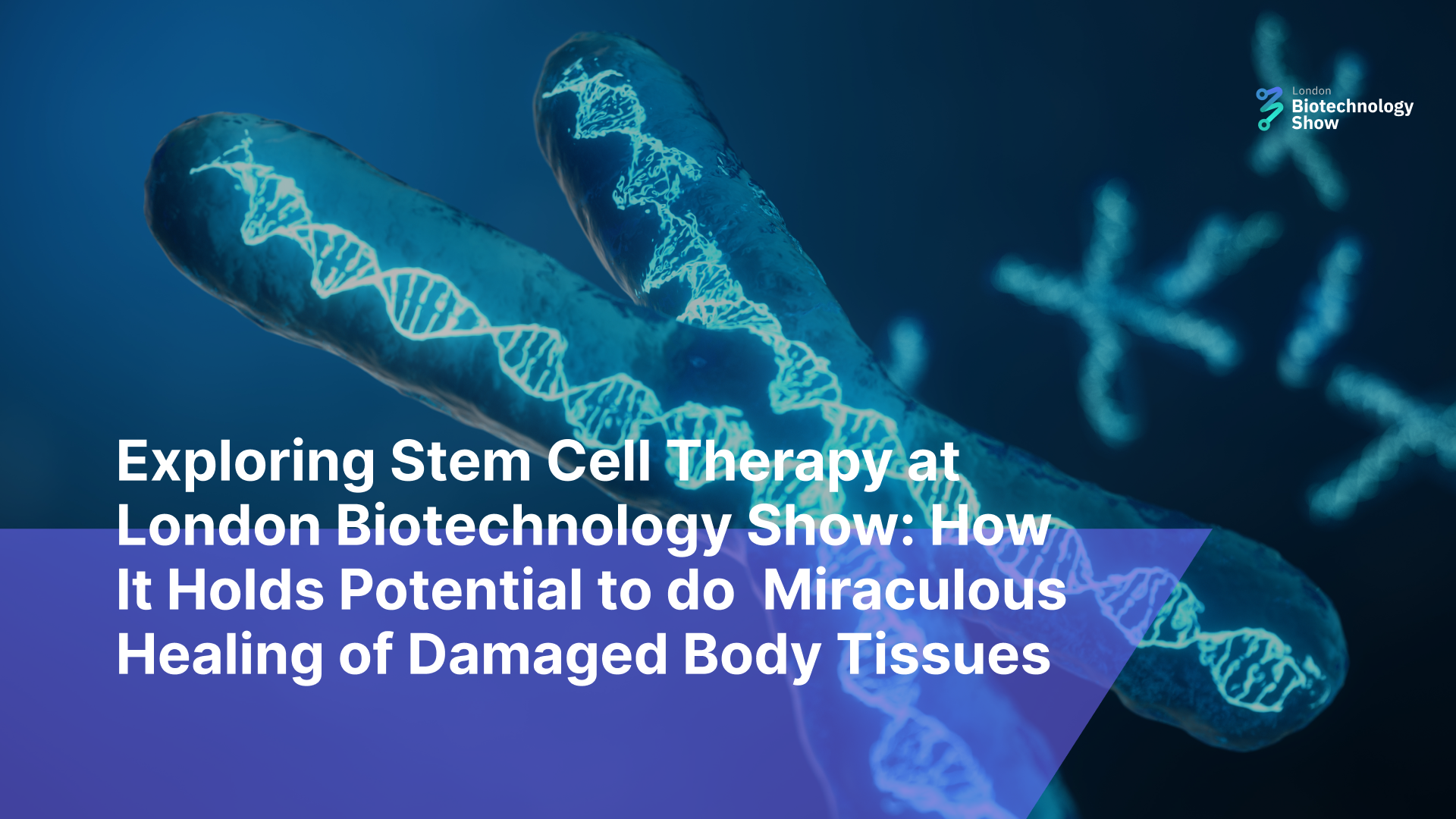In the modern world, humans are prone to an infinite number of diseases due to factors including ecological changes, technology, human demographics & behaviour, breakdown in public health measures, travel, trade and industry. Some of the deadliest diseases that humanity is dealing with at the moment include heart disease or coronary artery disease, stroke, respiratory illness, COPD, cancers, diabetes, Alzheimers, TB, cirrhosis etc. While they are mostly being treated by doctors through supportive therapy, how about removing the source of the problem, in other words, nipping the disease in its bud?
Science is making huge strides to reach that point, having started with the remarkable discovery of stem cells. Through a stem cell therapy, a damaged tissue in the body is restored to its normal being through regenerative interventions.
Humans are intricate organisms composed of trillions of cells, performing different vital functions within the body system. Throughout the process of human conception and beyond, these cells undergo a transformation from embryonic cells to adult cells. While embryonic stem cells are undifferentiated and lack specialization, adult stem cells have the remarkable ability to develop into various cell types within an organism, such as blood cells, brain cells, heart muscle cells, or bone cells. However, as cells progress in their development, their capacity for differentiation diminishes normally. Therefore, adult stem cells or unipotent stem cells were not as versatile as embryonic stem cells or pluripotent stem cells in terms of their ability to differentiate into a wide range of cell types until recently.
With the emerging evidence about adult stem cells being able to create various types of cells now using genetic reprogramming, the stem cell therapy has gained a major breakthrough. By altering the genes in the adult cells, researchers can reprogram the cells to act similarly to embryonic stem cells, the isolation and manipulative specialisation afterwards was fraught with ethical dilemmas before.
Certain adult tissues, including bone marrow, muscle, and brain house distinct groups of adult stem cells that play a crucial role in generating new cells to compensate for those lost due to regular attrition, injuries, or illnesses. In essence, these stem cells possess the remarkable ability to mend, rejuvenate, substitute, and revitalise cells, thereby holding promise for the treatment of various medical conditions and diseases.
Stem cell therapies present a promising opportunity for addressing diseases or conditions that currently lack effective treatments. With the advancement in three dimensional tissue engineering, the doctors/scientists are able to find out how stem cells develop into a tissue and organ, thus providing clues about how we could induce such organs to repair themselves when damaged or affected by disease referred to as regenerative medicine, this field aims to stimulate the healing process of diseased, dysfunctional, or injured tissue by employing stem cells. Like stem cell muscles can be specialised into heart cells and implanted into a body with a heart attack, inducing the damaged heart muscles to repair themselves. It is the next chapter in organ transplantation and uses cells instead of donor organs, which are limited in supply.
Theoretically, stem cell therapy can help in treating many different diseases. Given that researchers may be able to study all cell types they have the potential to make breakthroughs in any disease. We already know that bone marrow and peripheral blood stem cell transplants have been utilised for over 40 years as therapy for blood disorders such as leukaemia and lymphoma, amongst many others. The potential of stem cell therapy is high in other diseases like diabetes, Parkinson's disease, amyotrophic lateral sclerosis, Alzheimer's disease, heart disease, stroke, burns, cancer, osteoarthritis and spinal cord injuries.
To explore recent breakthroughs, opportunities and challenges in the field of Stem Cell, London Biotechnology Show provides an important platform, wherein relevant stakeholders, including experts, innovators, policymakers, bioengineers, scientists and investors will meet, and sketch an easy way forward for the industry to thrive.

